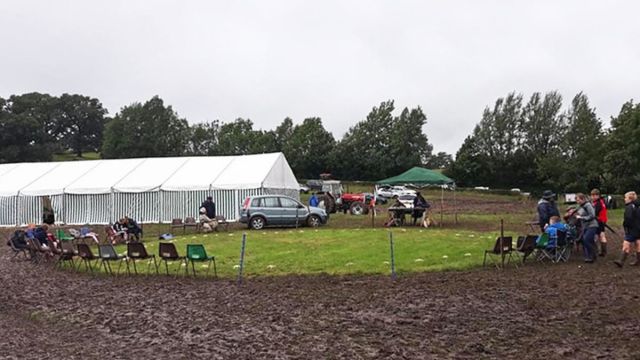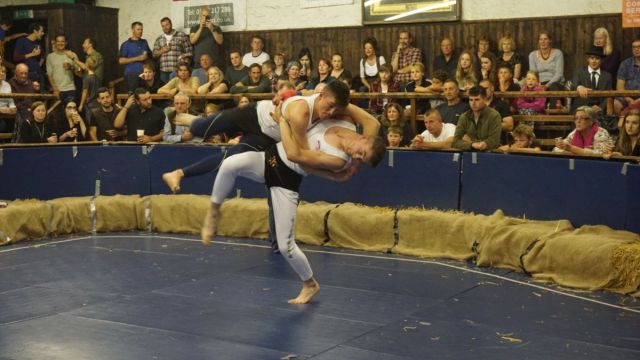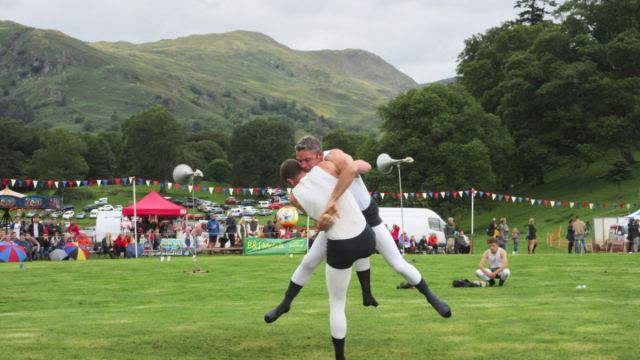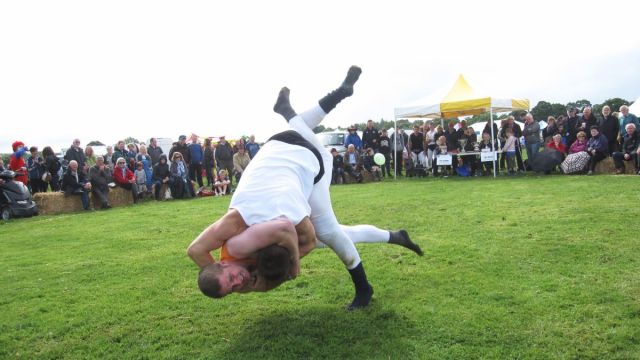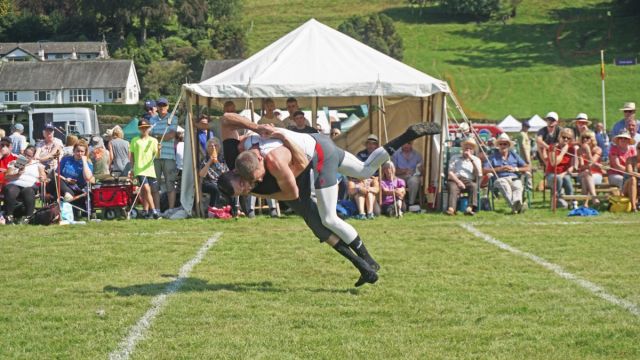About our Sport
All events begin with a handshake. Wrestlers then take hold by gripping their own hands behind their opponent’s back, and wait for the referee to set the bout in motion. The referee is in control of the bout and will ensure that each wrestler has a fair hold and will instruct both wrestlers to be “on guard”.
The bout will commence once the referee has instructed the competitors to “wrestle”. The bout itself is judged by two judges and a referee. The judges decide who has won the bout, giving their decisions instantly without discussion. The referee is only consulted if they are unable to agree. The result is always a majority decision.
The aim of the bout is very simple - to put your opponent on the ground. The wrestler who touches the ground first with any part of his body above his ankle is the loser. Any wrestler who loses his grip before the bout is completed is the loser.
A wrestler can use any fair means to win a bout: he can lift, swing, twist and trip to gain a fall. There are three basic types: those which involve the use of a foot or the lower part of the leg to trip a man forward onto his side or even onto his back.
All the lifting throws are called hipes. The problem with hipes is to get rid of the opponent’s legs. One solution is to swing him until his legs fly out from underneath him before bringing him down to the ground - the “Swinging Hipe”. Another method is to knock the legs out of the way with a foot or knee - the “Outside Hipe”. The “Inside Hipe” looks painful, but rarely is. The hiper lifts not only with his arms but also with his knee between the opponent’s legs. At the highest point of the manoeuvre, the knee becomes the pivot on which the man is turned in mid-air.
Most clever wrestling involves good footwork. A “Back Heel” hacks a man’s legs from under him from the outside; the “Inside Click” does the same by hooking between an opponent’s legs. An “Outside Stroke” spins a man onto a tripping foot; and the “Hank” is where a wrestler twines his leg round an opponent’s leg and the straightens it to pull him to the ground.
“Buttocking” is any fall where one man moves ahead of the other and pulls him forward and down to the ground with a wrenching motion. Sometimes only the shoulders are used; sometimes the wrestler slips right under his man and brings him, high and handsome, over his back before crashing him to the ground - a “Full Buttock”. A “Cross Buttock” knocks the legs back when this chip is played, and a “Leg-up Buttock” is where a leg is pushed up between the opponent’s legs to act as a fulcrum.
These are basic chips, but the variations and combinations are endless. And if after all the action the judges are unable to declare a winner, the bout is declared a “Dog-fall” and the whole business starts again.
The attraction of the sport is that it can be spectacular and intense but with a good sense of sportsmanship about it. The competitors shake hands before and after every bout. A strong part of the heritage is the traditional costume which is still worn to this day. There is some debate as to whether this deters people from taking up the sport but it is invariably a request from the Sports promoters that the costume be worn as it adds to the distinct nature of the sport.
Up to the age of twelve wrestling classes are mixed. After that they are generally split by age for the boys and by weight for the men. Most events now have categories for female wrestlers. 2016 marked the introduction of two annual female world championships.

